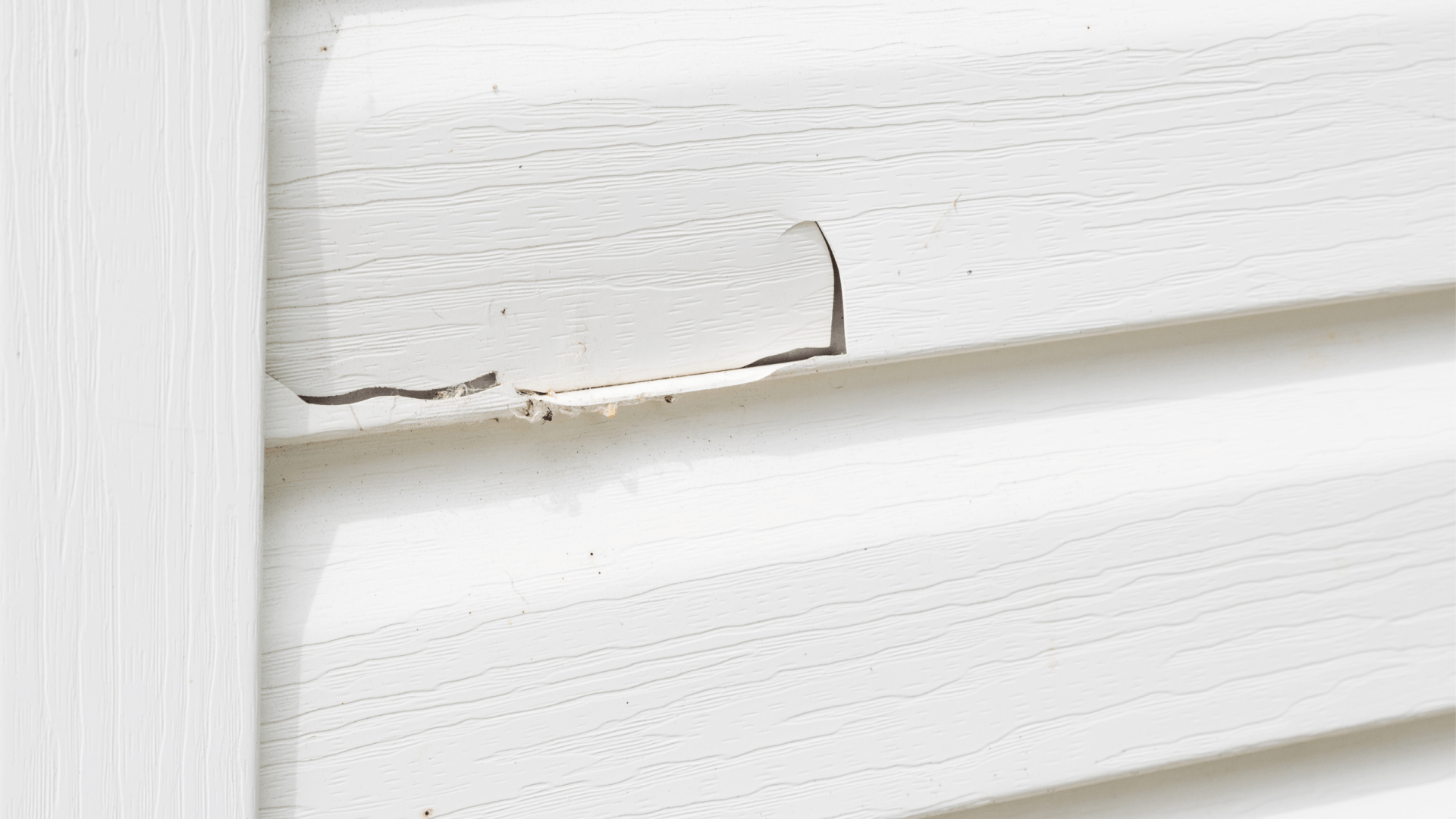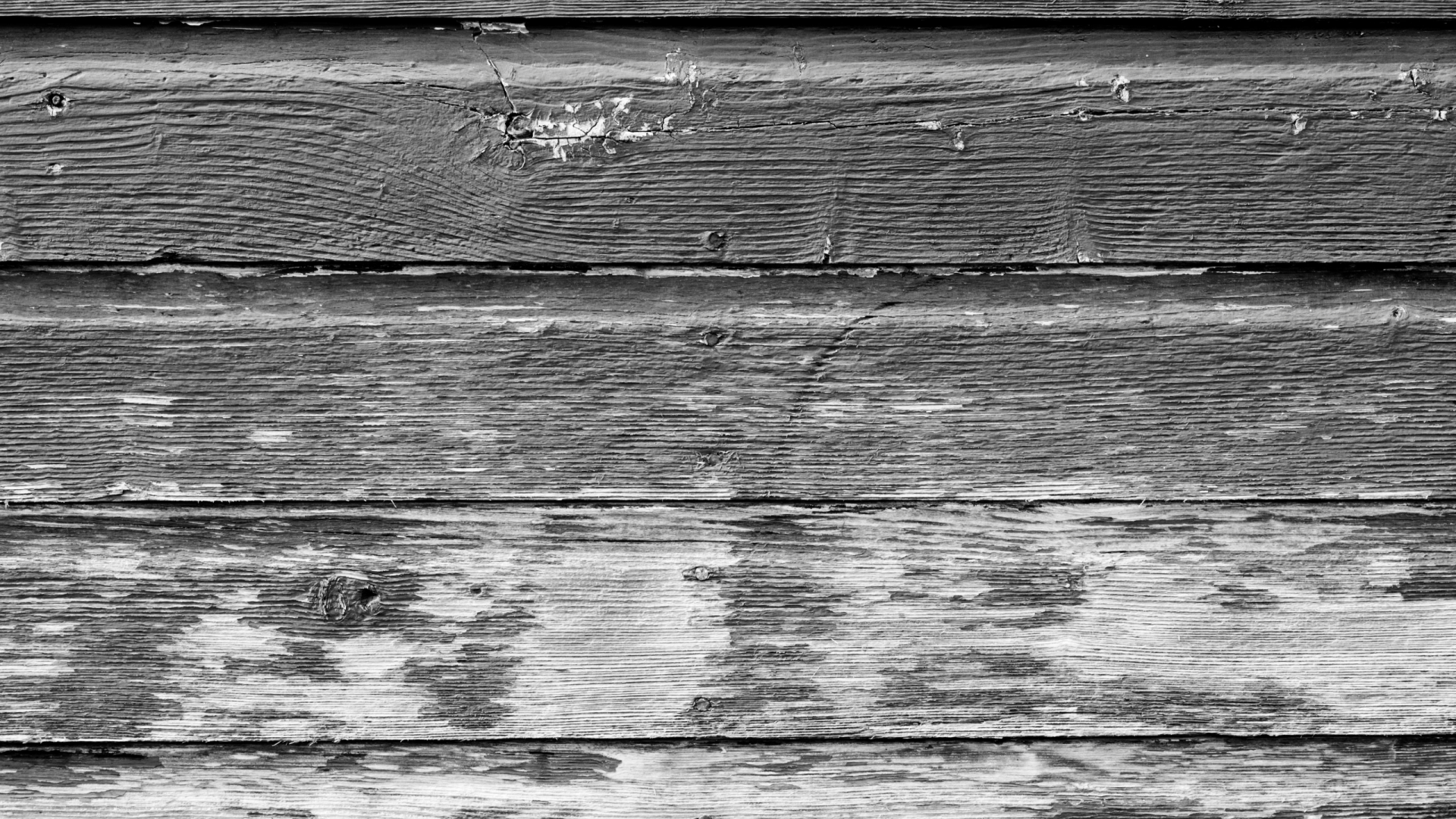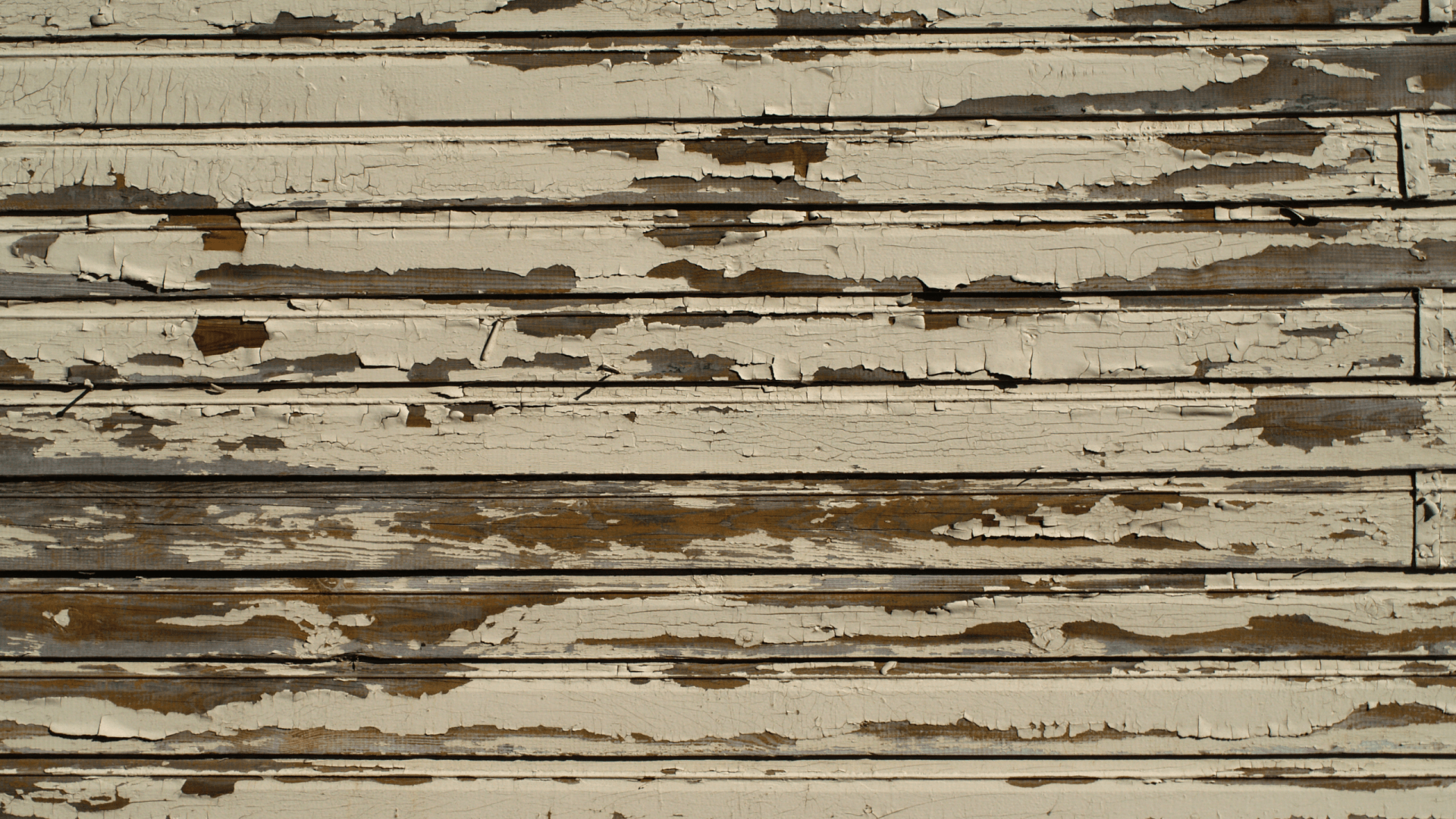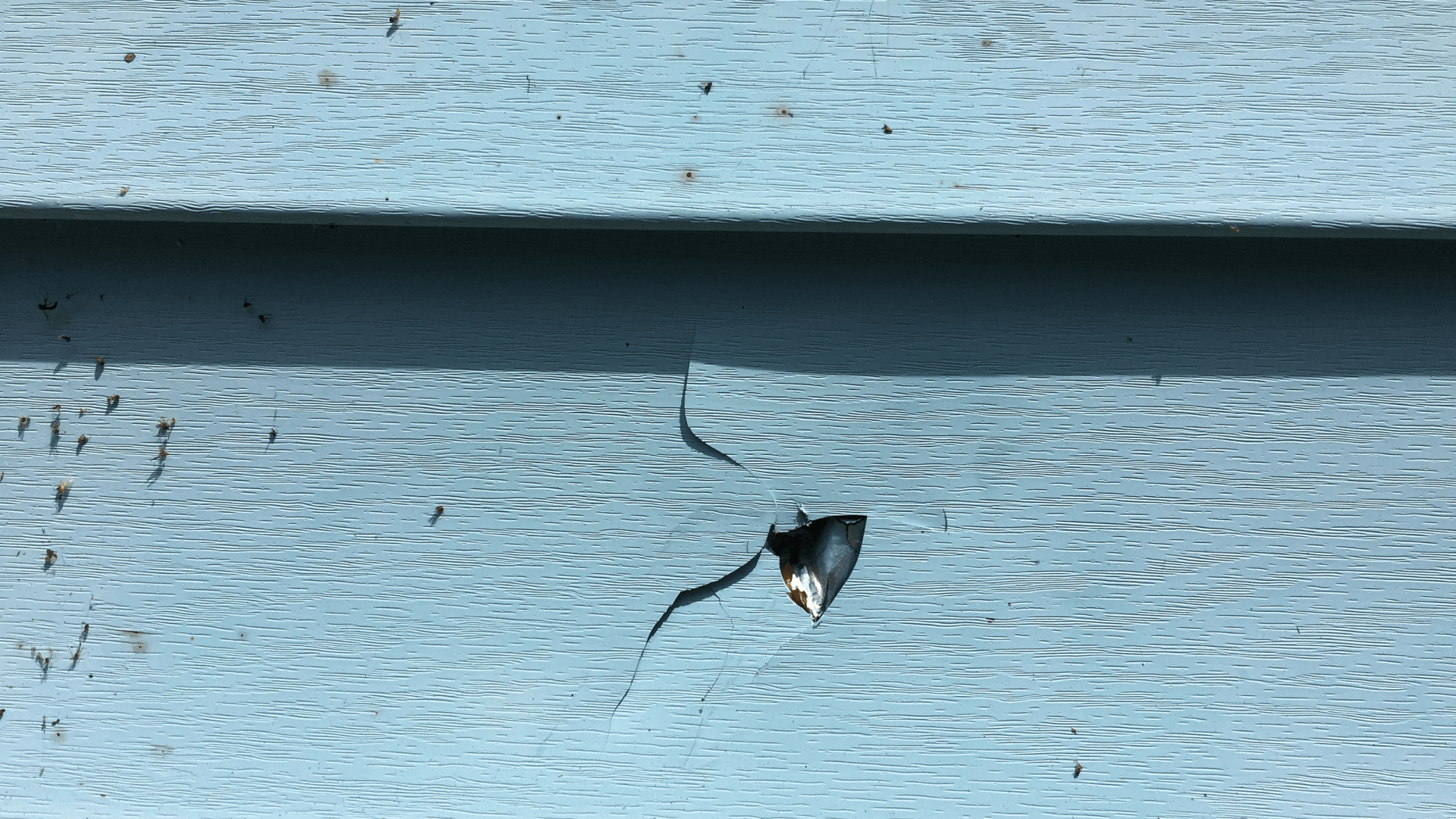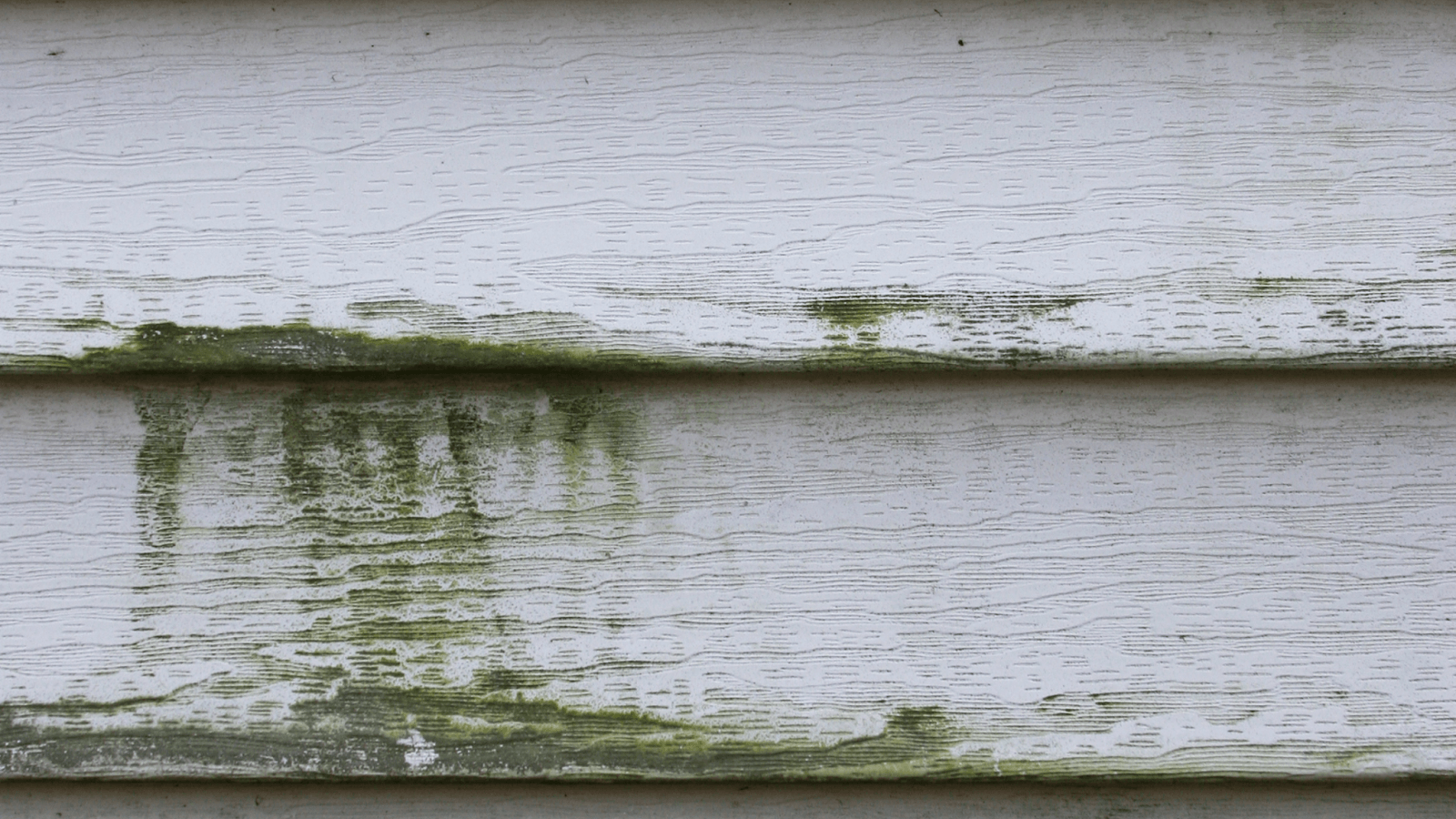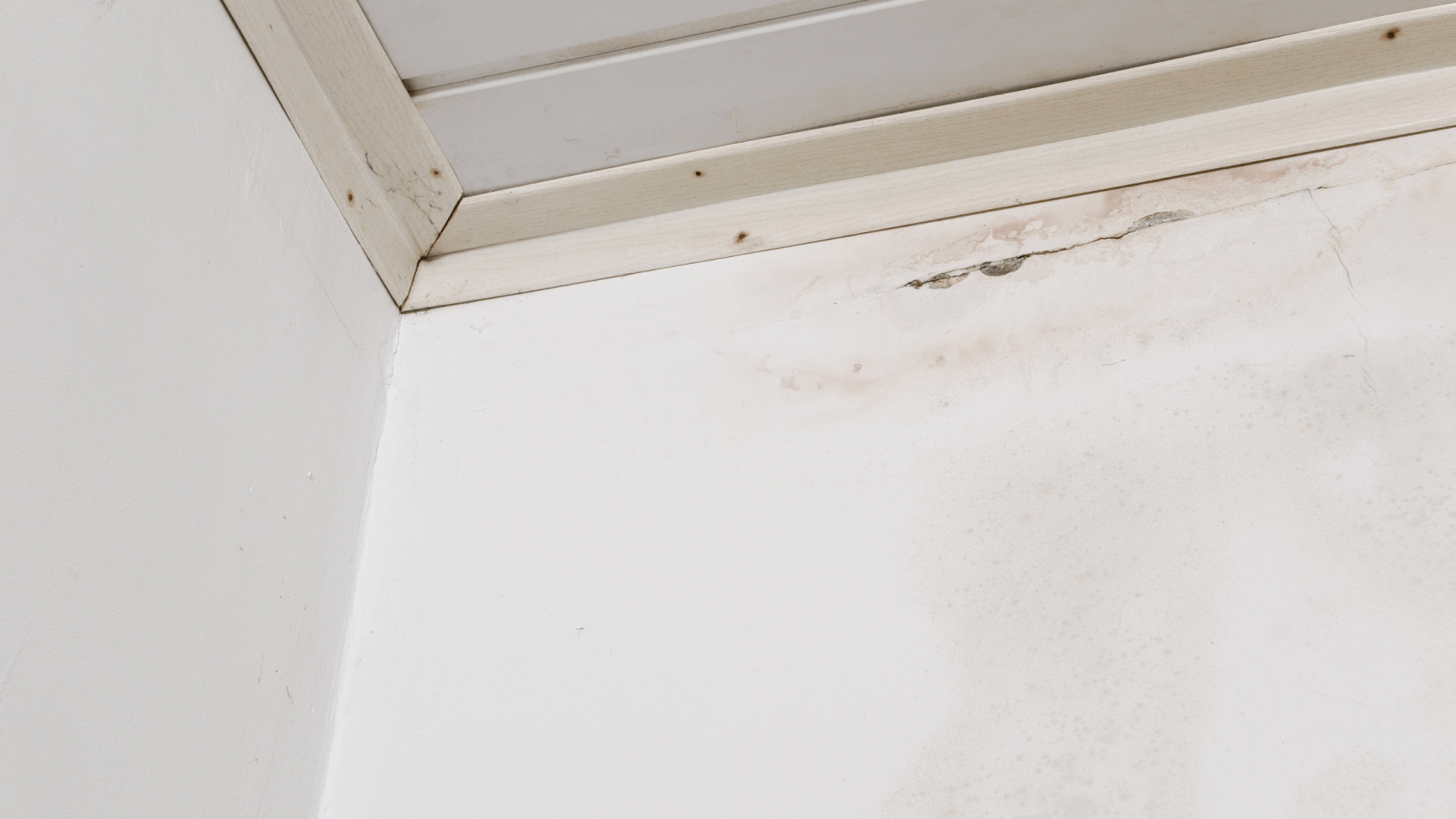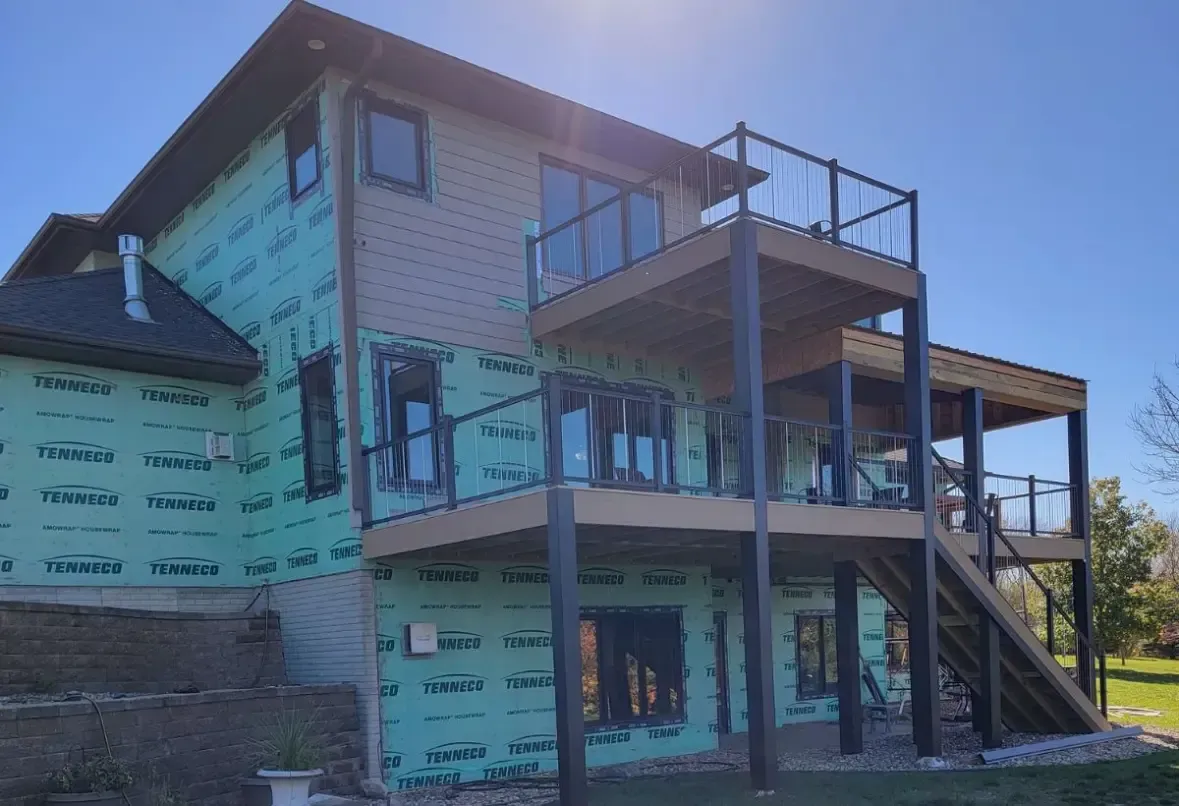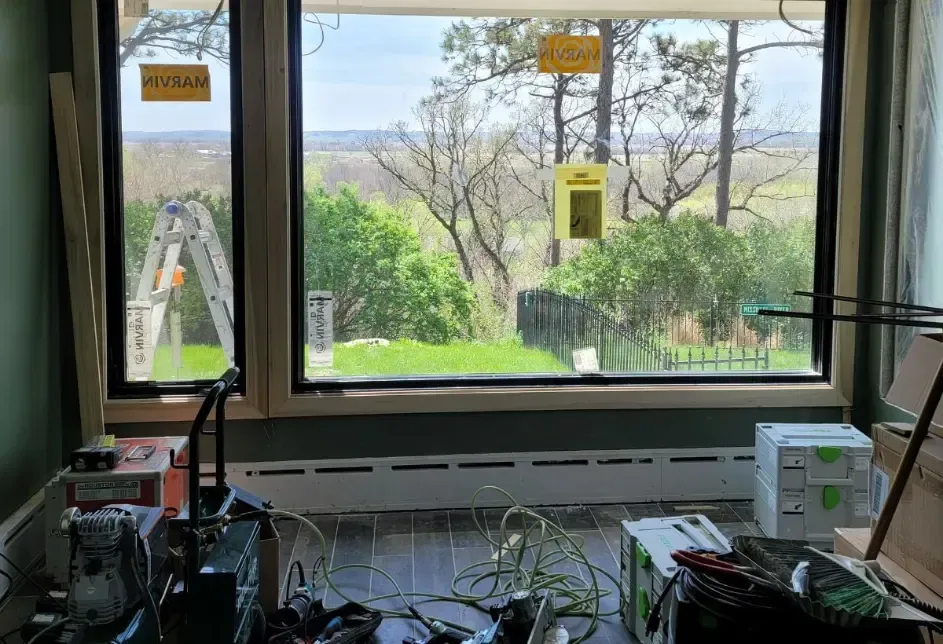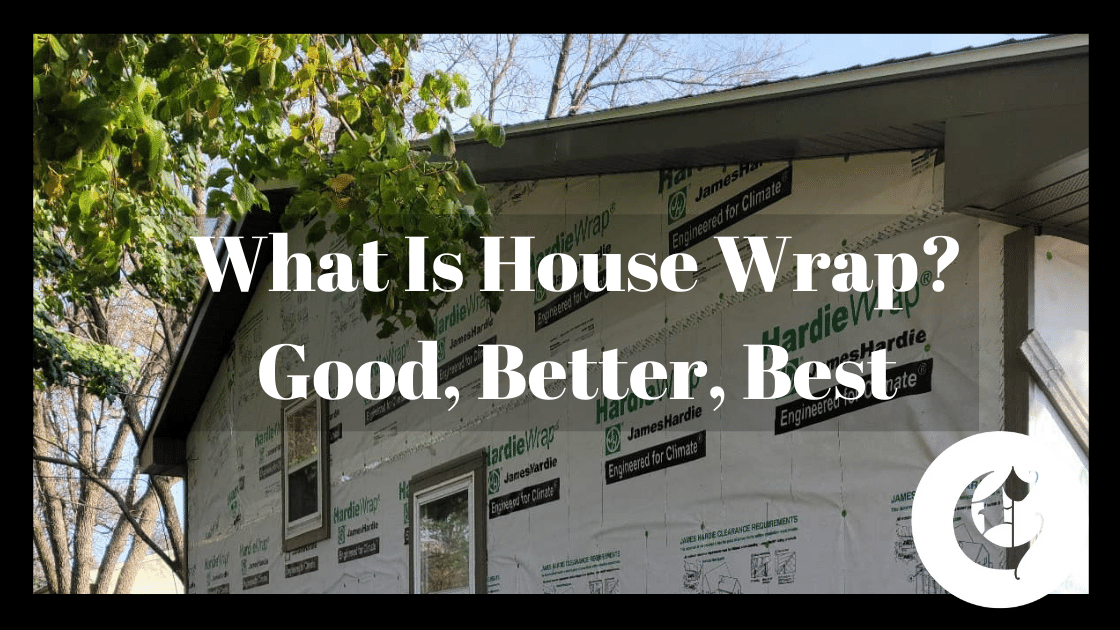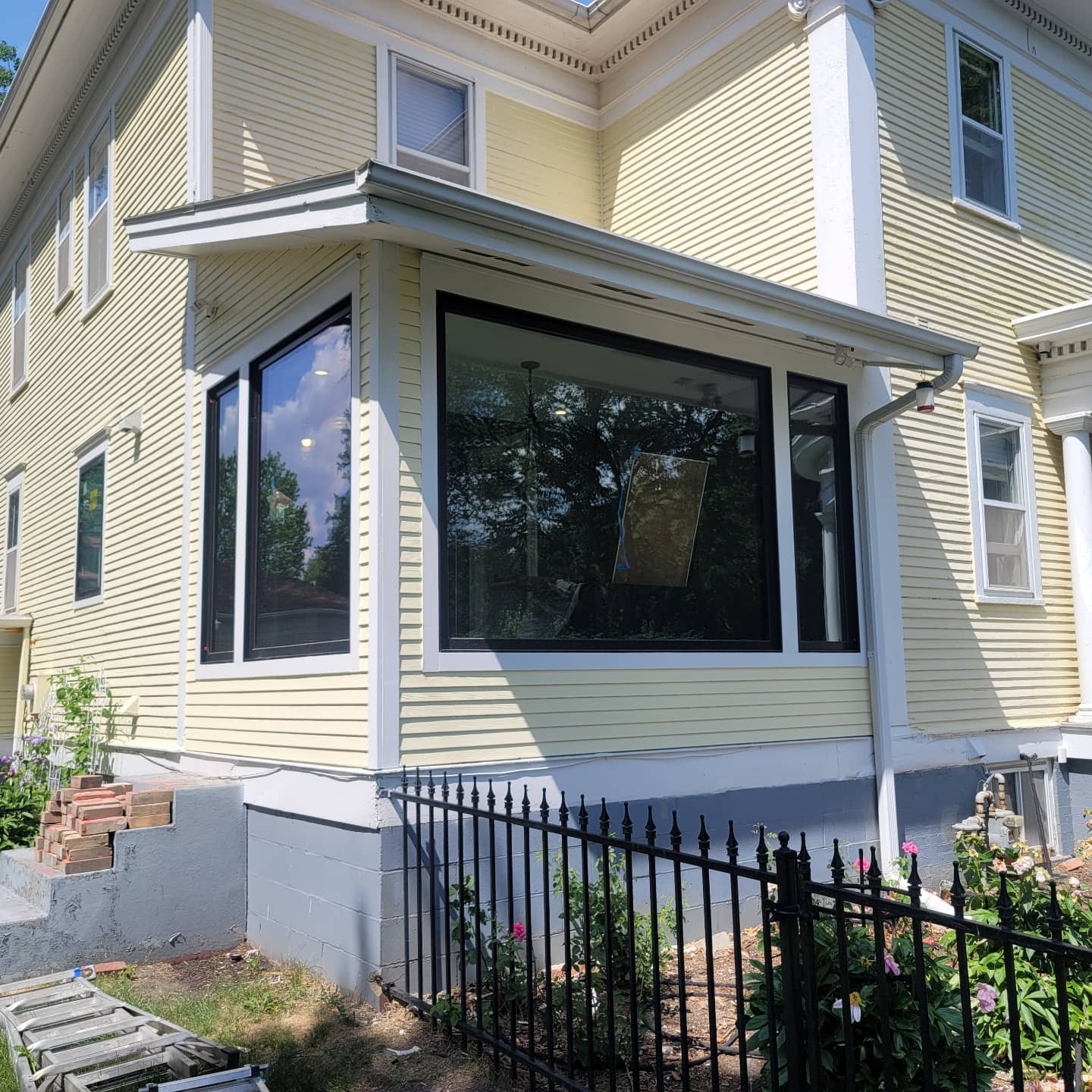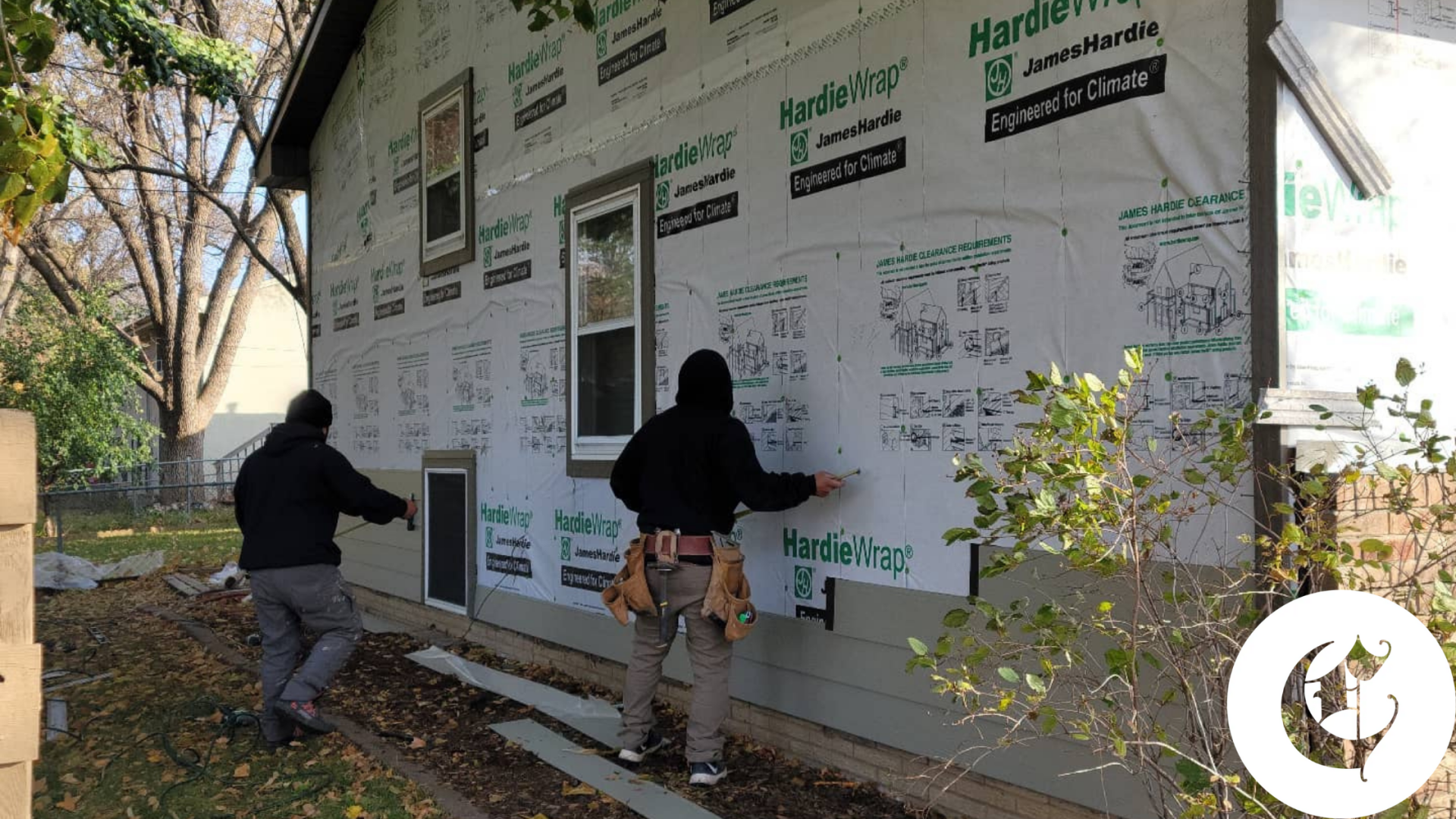How Do I Know If I Need To Replace My Siding?
6 Signs Your Siding Needs To Be Replaced.
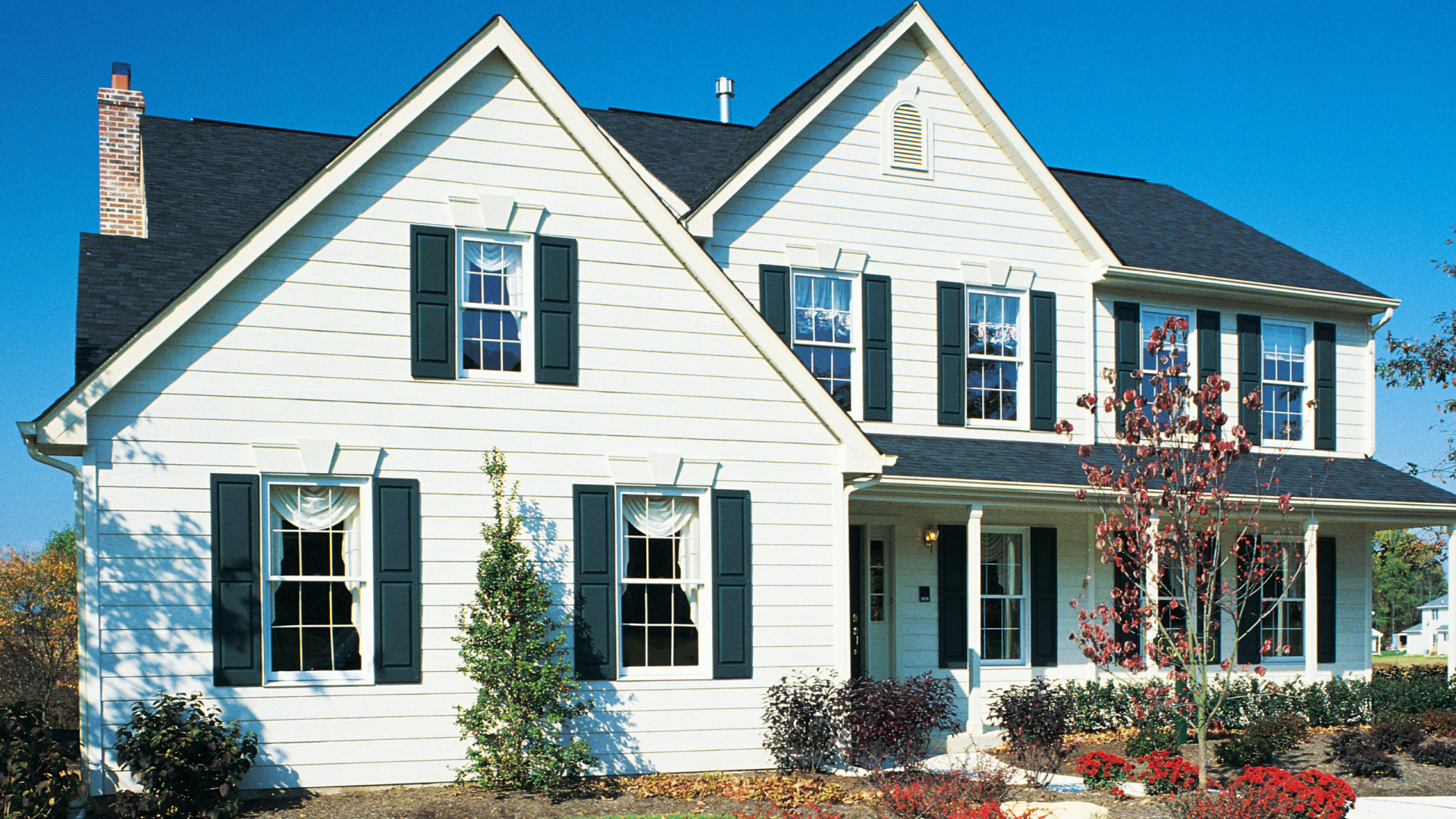
As much as you wish it would, and no matter how well you take care of it - with regular washing, maintenance, and the odd
repair - the siding on your house will not last forever.
Your exterior siding does more than just give your home a unique style and visual appeal. It keeps the cold out and the warmth in during the winter and the heat out and cool in during the summer. Well-performing siding serves as a protective barrier against water penetration and improves the energy efficiency of your home. What are the signs that your siding needs to be replaced?
Your Siding Is Cracked Or Loose
Weather takes its toll on your siding, especially storms and strong winds. Twice a year and after a major storm, walk around the exterior of your home or commercial property and inspect your siding and trim for cracks and damage. Feel for any loose, cracked, or missing siding. If you identify any flaws in your siding, have a professional provide you with a thorough inspection and free estimate. A siding contractor will be able to tell you whether your siding can be repaired by replacing the damaged boards or a siding replacement is best.
Your Siding Is Faded Or Peeling
In normal conditions, wood siding should keep its shape and color for 8-10 years or more depending on the manufacturer. If the siding on your home needs to be painted more frequently or has faded or discolored significantly, it may be time to replace it. Consider replacing it with James Hardie fiber cement siding for long-lasting durability and finish, sun-resistant vinyl siding, or steel siding. These siding materials are high-performing and low-maintenance. They retain their color for decades, are water, wind, UV, and pest resistant, and come in a wide variety of styles and colors.
Rotting Or Warped Siding
If your siding is rotting, warped, or soft, it is time for a siding replacement. To test your siding for signs of rot, gently insert a screwdriver or pry bar under the siding boards or siding panels, and joints along the gutters and chimney. If the siding material is soft and easy to poke into, your siding has significant rotting damage that cannot be repaired. You can also tap on the outside of your siding with the handle of a screwdriver; if it sounds hollow, splits, or crumbles, your siding likely has dry rot. Dry rot is impossible to identify from a visual inspection because it festers beneath the surface and leaves the top layer of your siding intact.
You See Holes In Your Siding Or Damaged Siding
If you see holes or obvious damage to your siding, despite your efforts to keep it safe, it may be time to replace it. While larger holes may be the result of storms or ball-play, small holes can signify an insect or pest infestation in your siding that themselves cause severe damage to your siding and the wood exterior of your home. Holes allow for water and snow to penetrate your siding causing rot, mold, and algae to grow beneath the siding and on the exterior of your home. Repairing this kind of damage is laborious and costly, especially if pests and/or moisture have reached the structural framework of your home.
Things Are Growing On Your Siding
Any kind of growth happening on, beneath, or around your siding is bad. Fungus, mold, algae, or mildew on your siding is an indication that moisture has penetrated your siding and seeped into the walls. While some mildews and fungi are harmless, it’s a good idea to have your siding washed twice a year to remove it and inspect the area to make sure your siding is keeping your home watertight.
Your Siding Is Letting The Outside In
If you see bubbles on the exterior paint of your siding (especially if you have wood siding), or worse, water stains on your interior walls or water swell beneath your wallpaper, are sure-fire signs that your siding is not protecting your home from the elements and urgently needs to be replaced. Regular inspections of your siding and the interior of the exterior walls of your home or property, particularly after every storm, will ensure that you catch any major issues with your siding before they do serious damage to the structural integrity of your home.
Your Heating And Cooling Bills Have Gone Up
If you notice that your heating and cooling bills have jumped significantly with no logical explanation, it may be a sign that your siding is failing. First, check to see that your utility cost per unit hasn’t increased, you don’t have a damaged or leaking roof, your attic insulation is functional and intact, and that you are using the same amount of energy as you were before. If nothing else has changed, having a siding company inspect your siding can help you determine if your siding needs to be replaced. Having energy-efficient James Hardie fiber cement siding installed and/or upgrading the insulation in your home can lower your energy consumption and costs significantly.
Callaway Construction is an experienced, knowledgeable exterior remodeling contractor in Beresford, South Dakota, who can help you figure out whether your siding needs to be repaired or replaced, what
type of siding is best for your home, and how much it will
cost. We offer free inspections and estimates to homeowners and businesses in communities from Beresford to Sioux Falls for your roofing, siding, windows, and more.
Contact us today to learn more.

